Azeotropic Mixtures:
Those solutions (liquid mixture) which boil at constant temperature and can distil unchanged in composition are called azeotropes or azeotropic mixtures. These mixtures cannot be separated by fractional distillation. For example- if 80% H2O is mixed with 20% HCl by mass; it forms an azeotrope with a boiling point of 80°C. Such mixtures are also called constant boiling mixtures.
There are two types of azeotropic mixtures, i.e., maximum boiling azeotropes and minimum boiling azeotropes. In the case of solution showing positive deviations, we get minimum boiling azeotropes, i.e., which boils at a temperature lower than any of the component of the solution whereas, in the case of solution showing negative deviations, we get maximum boiling azeotropes, i.e., which boils at the temperature higher than any of the component of the solution.
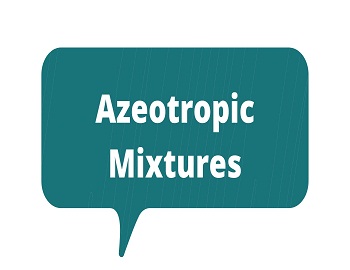
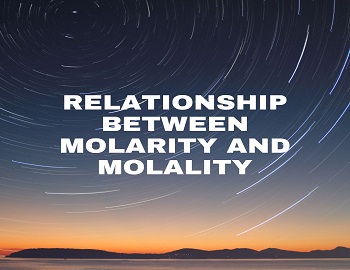
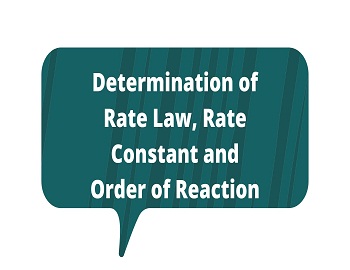


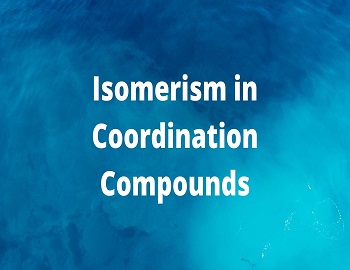
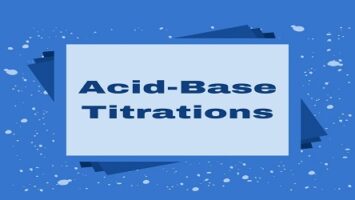

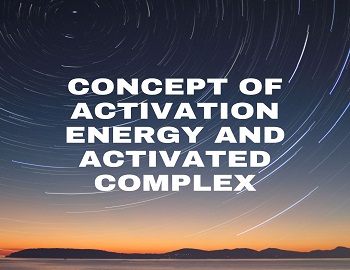
Comments (No)